| | We thought it was bad enough that we were limited to a few minutes of water once or twice a week. Now comes the notice that the Metropolitan Water District will be doing repair work on a pipeline leak from September 6-20 and requests residents in the affected areas to eliminate all outdoor watering during that time. [For more information on who’s affected and the specific new restrictions, go to https://www.latimes.com/california/story/2022-08-15/pipeline-leak-prompts-watering-ban-in-parts-of-l-a-county] With the heat promising to continue at least another two months of blistering sun, this feels pretty desperate for our gardens. But with my tomatoes finishing up their harvests (since I didn’t plant successive plants in May in expectation of the extreme heat now), and beans and squash and cucumbers already done some time ago, I was looking forward to preparing my soil for cool-season crops and getting seeds started. Now with this added water ban, I will hold off on the seeds and plants but can proceed with the soil prep. Holding Off On Seeds and Plants Between the heat probably continuing through at least October and into November (as in past years), and the complete lack of irrigation water through the end of September (and who knows what we’ll be allowed following that) – it feels unwise to start seeds or plant seedlings before mid-November (if we’re lucky) since we won’t be able to provide them with the water they’ll need to get fully established, especially during hot weather. Best to wait for cooler weather so seeds and plants will more successfully thrive. Preparing Soil for Cool-Season Crops Because neither pulling up dead summer-bearing plants nor incorporating amendments require water, those two tasks seem to be what we can manage at this point. This is a good thing to accomplish, especially if your summer crops seemed less than vigorous, demonstrating the need for more nutrition to break down in the soil for the new cool-season crops. Plan the Layout of Your Cool-Season Garden
On the Positive Side This warm weather is an excellent time to make cuttings of succulents.
For more task possibilities - hedged by the heat and lack of water - see September |
|
0 Comments
|
Categories |

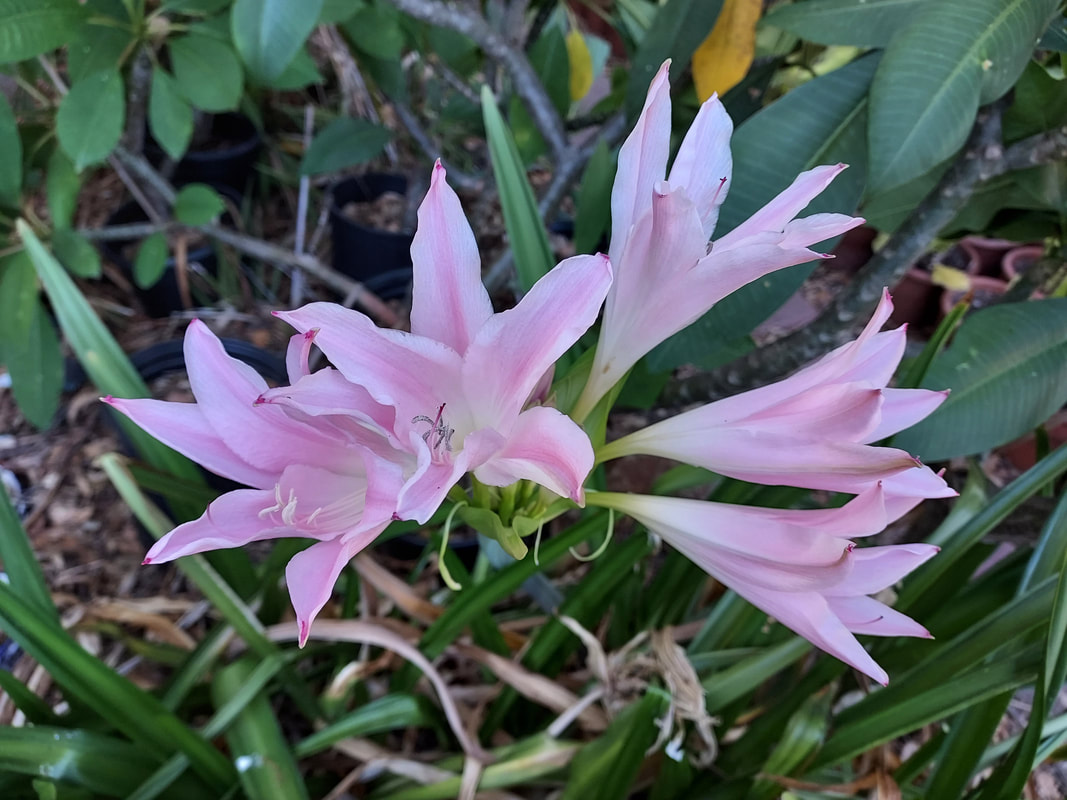
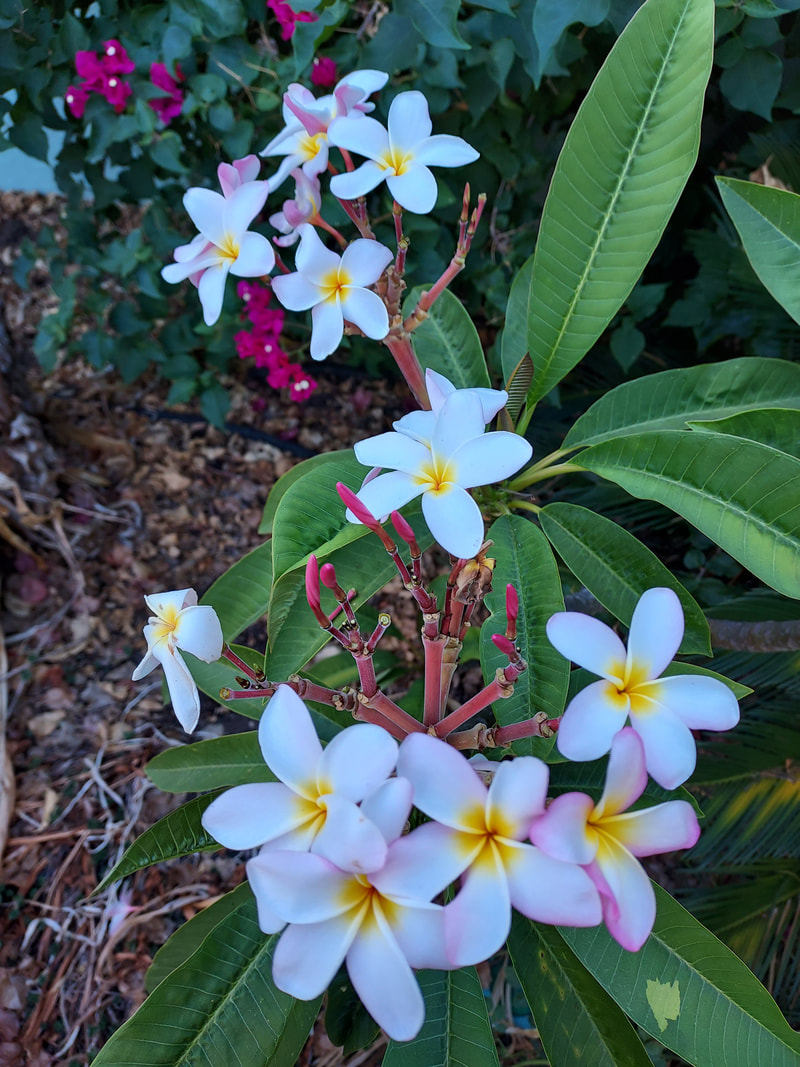
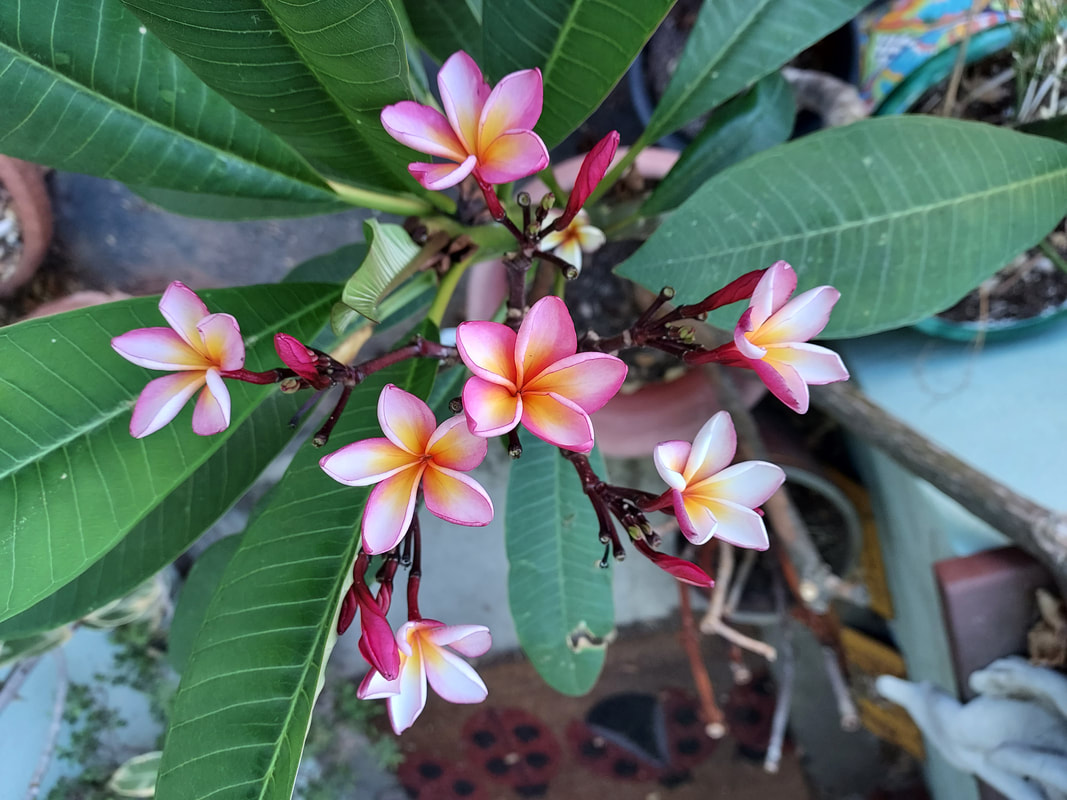

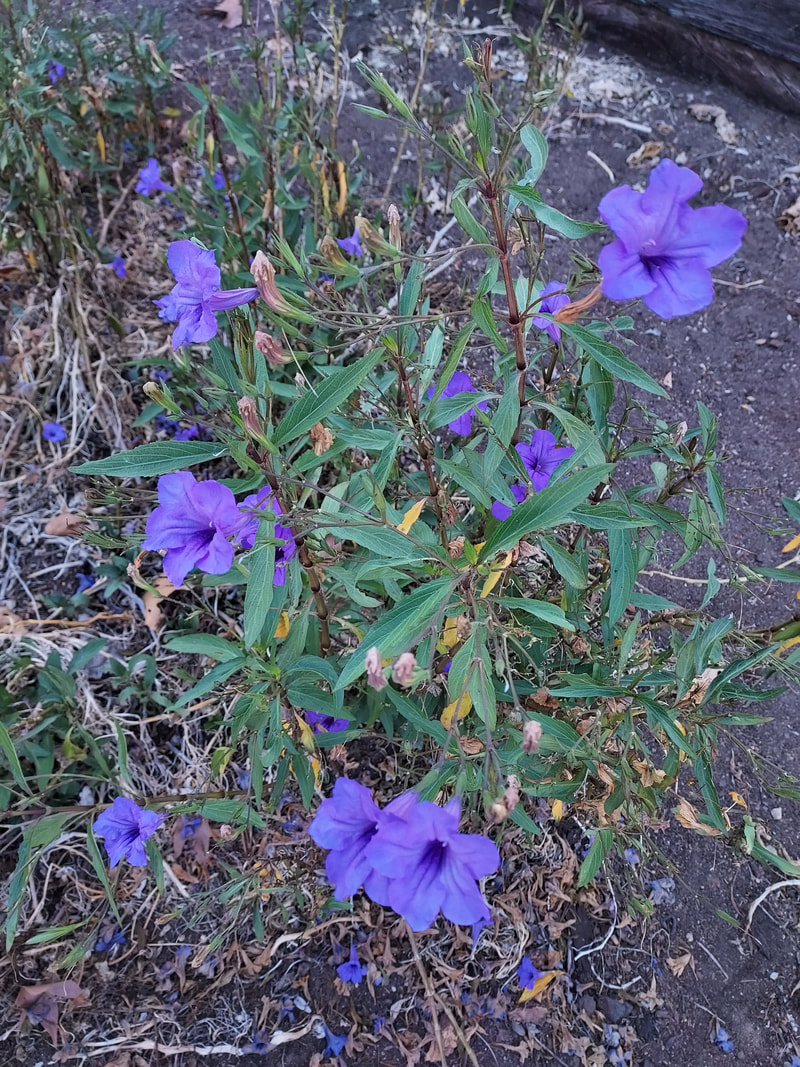
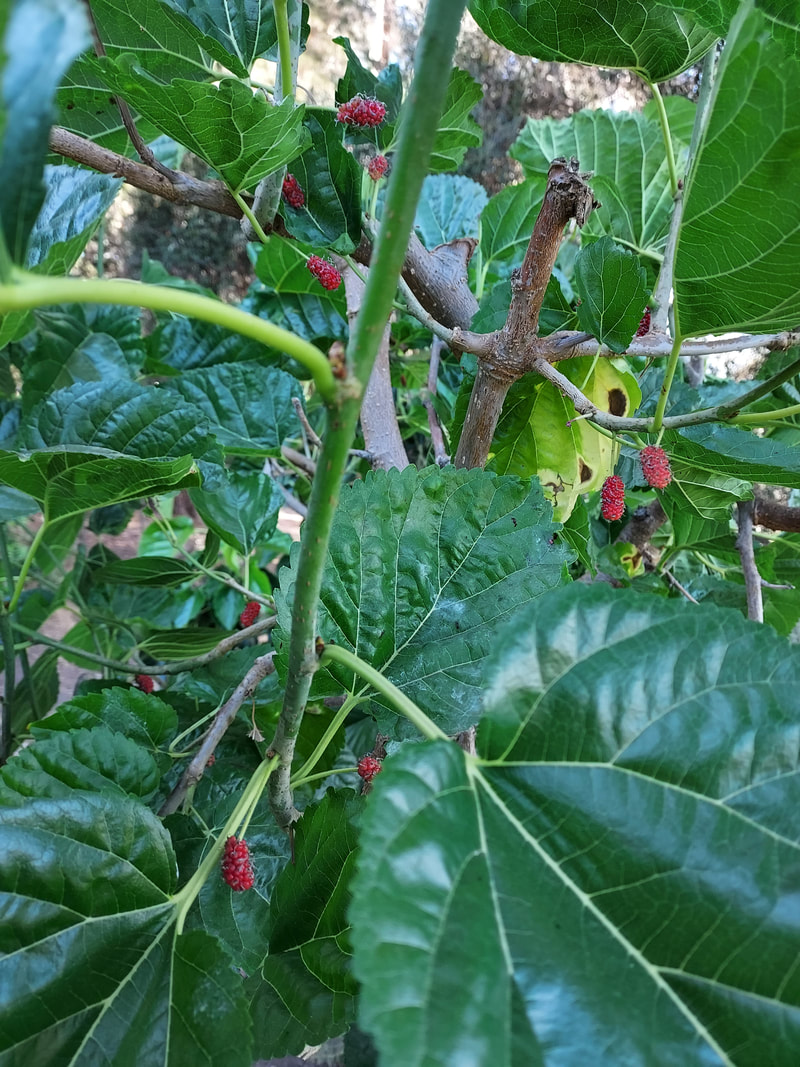
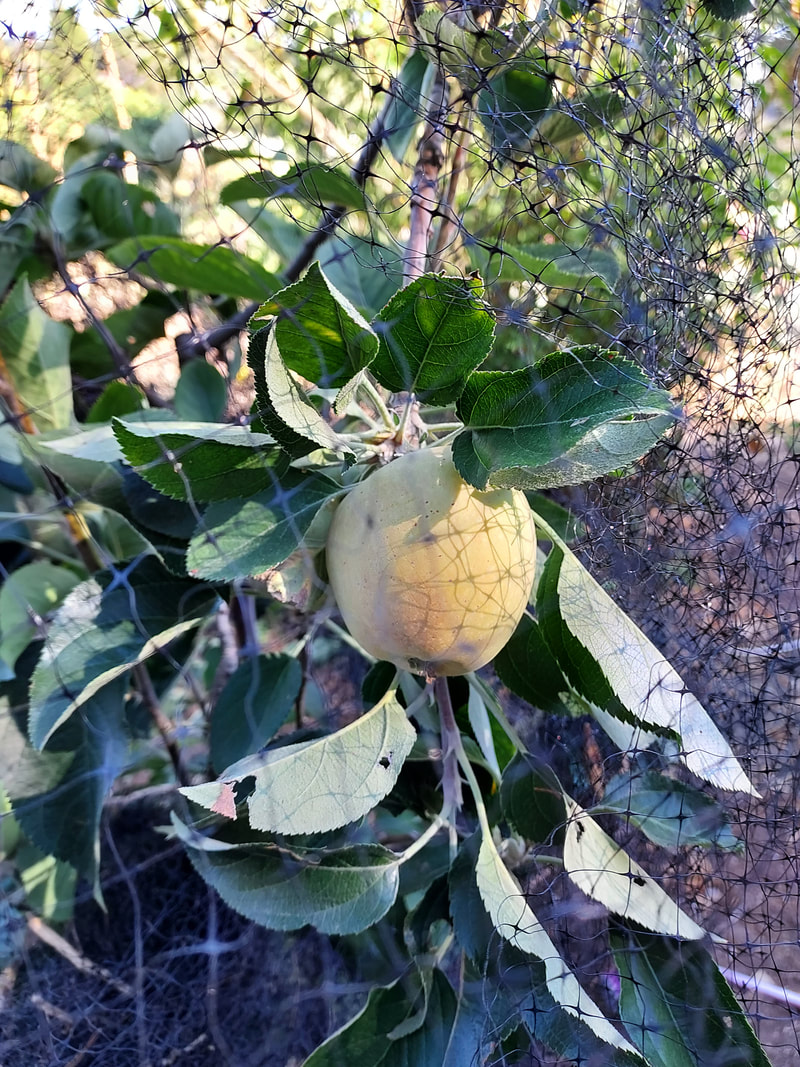
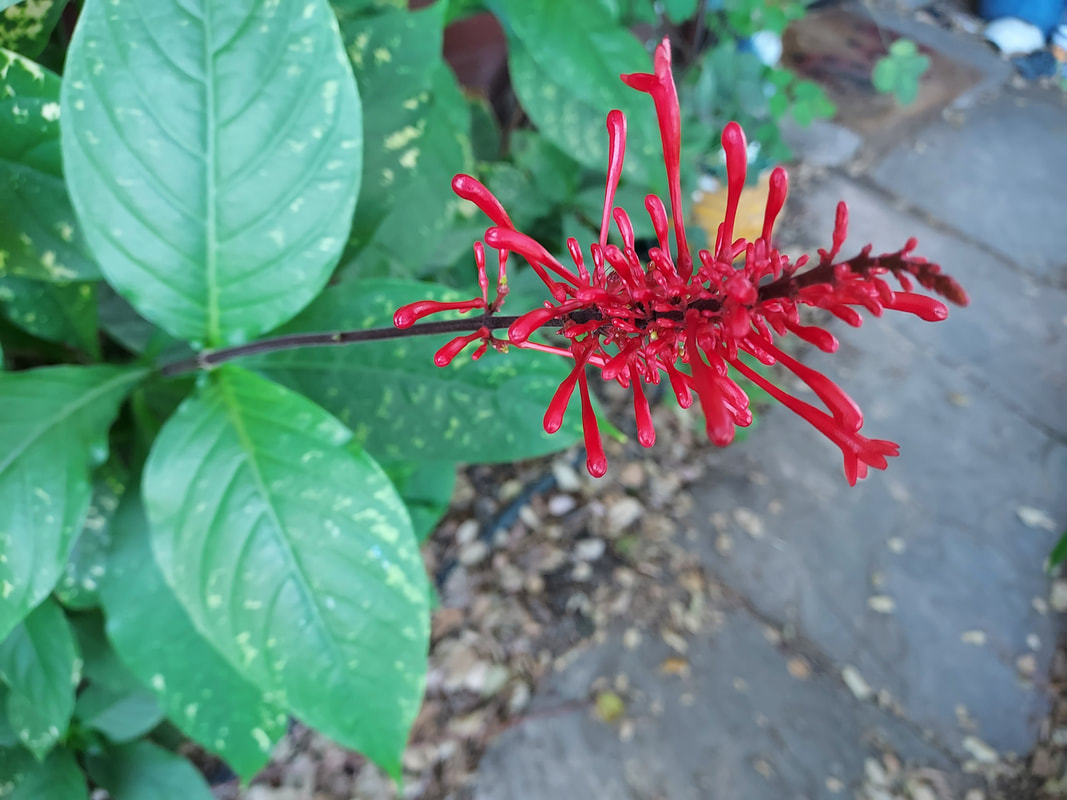
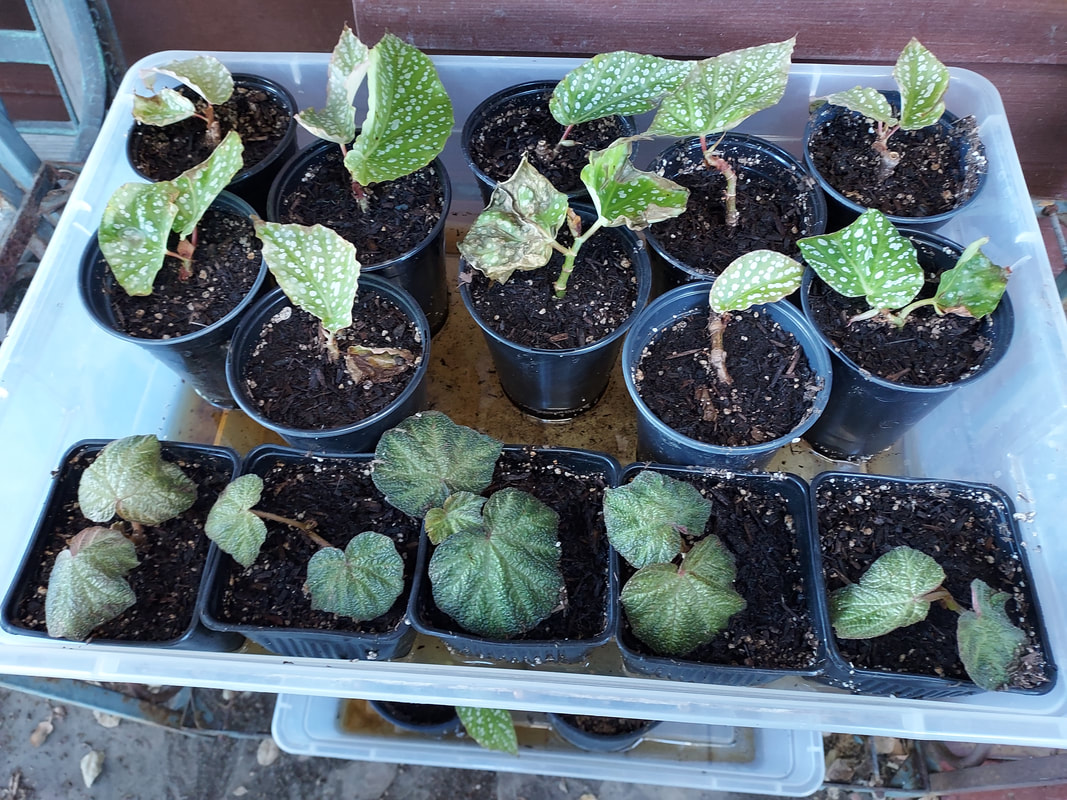
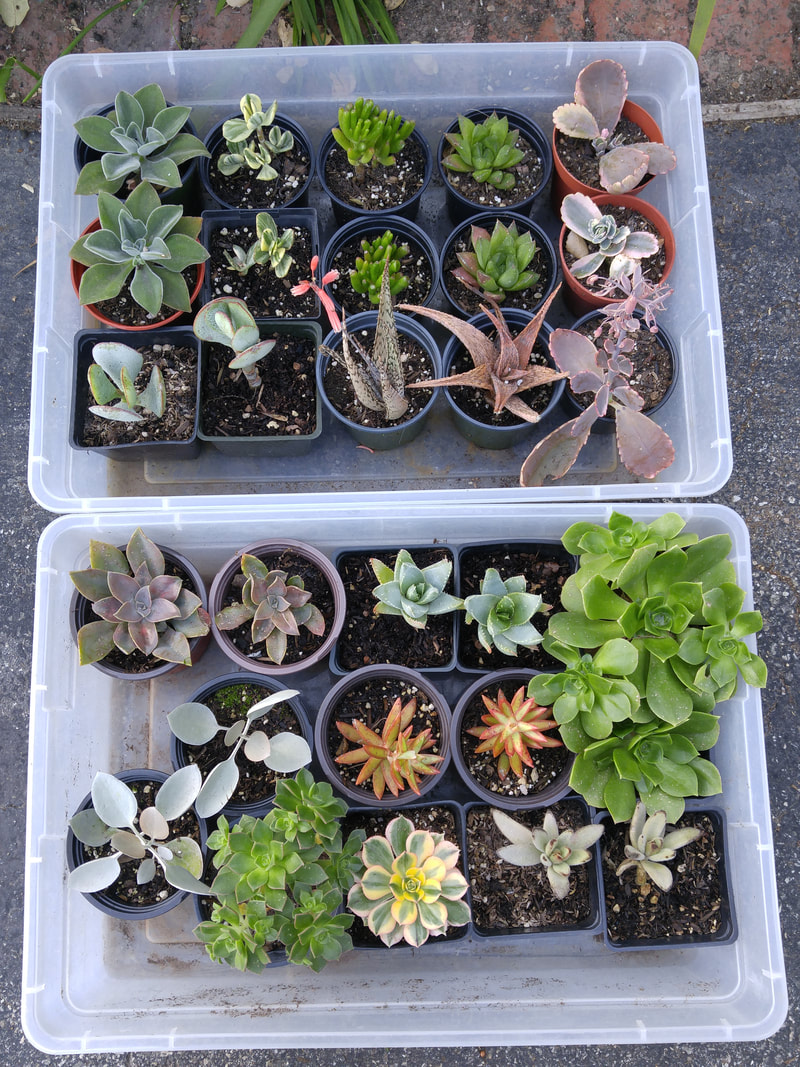
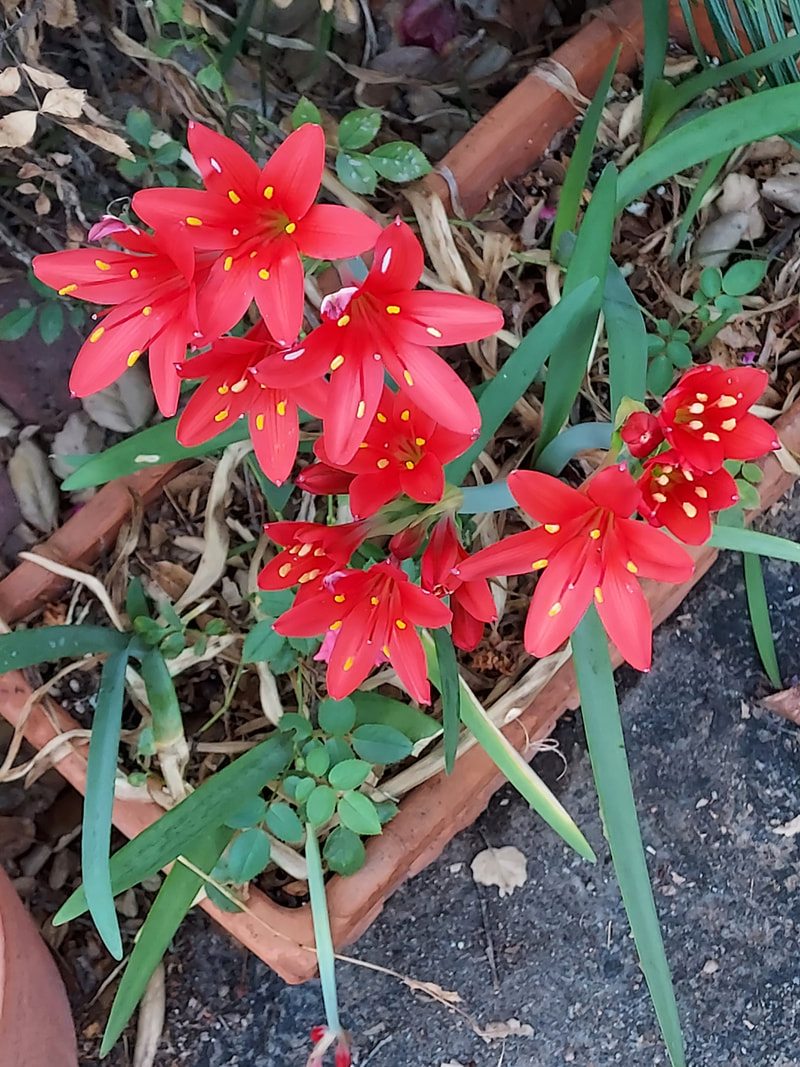
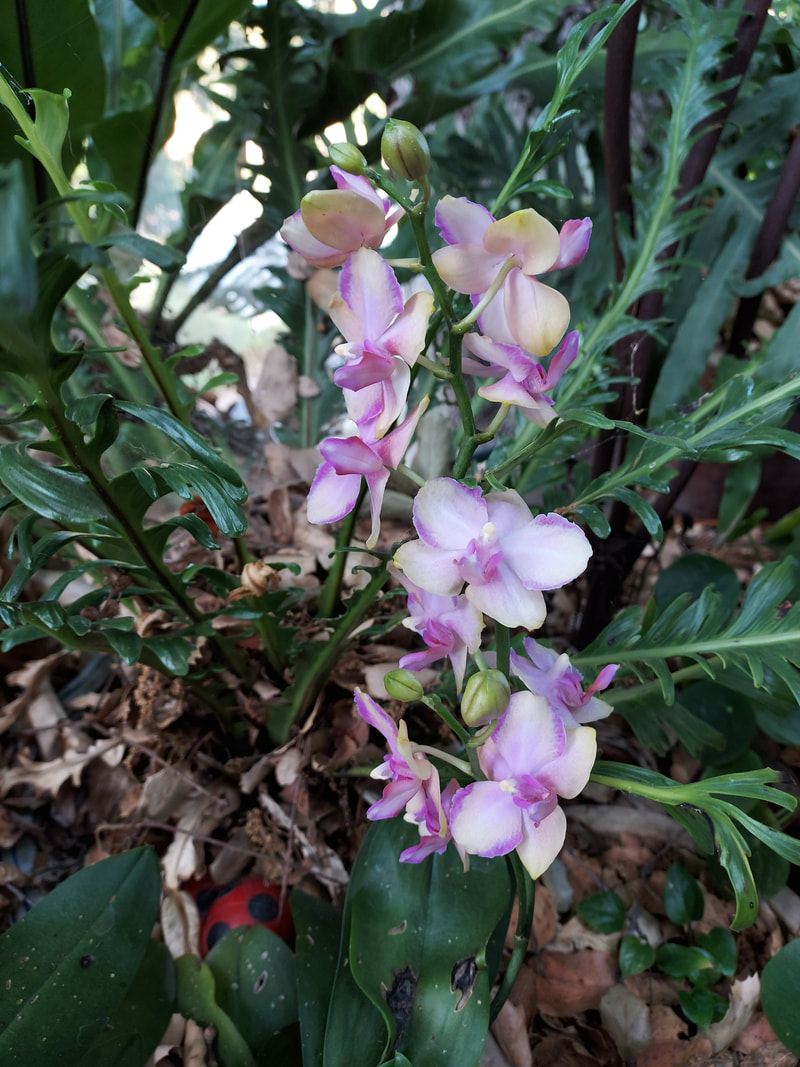
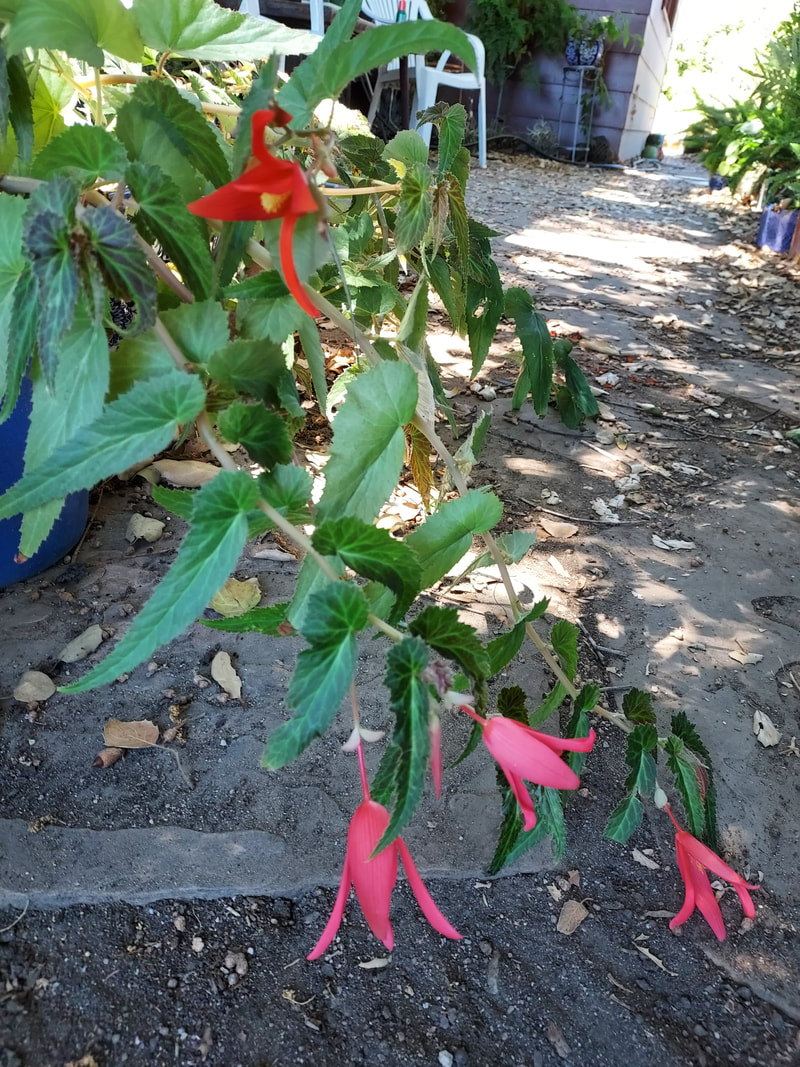
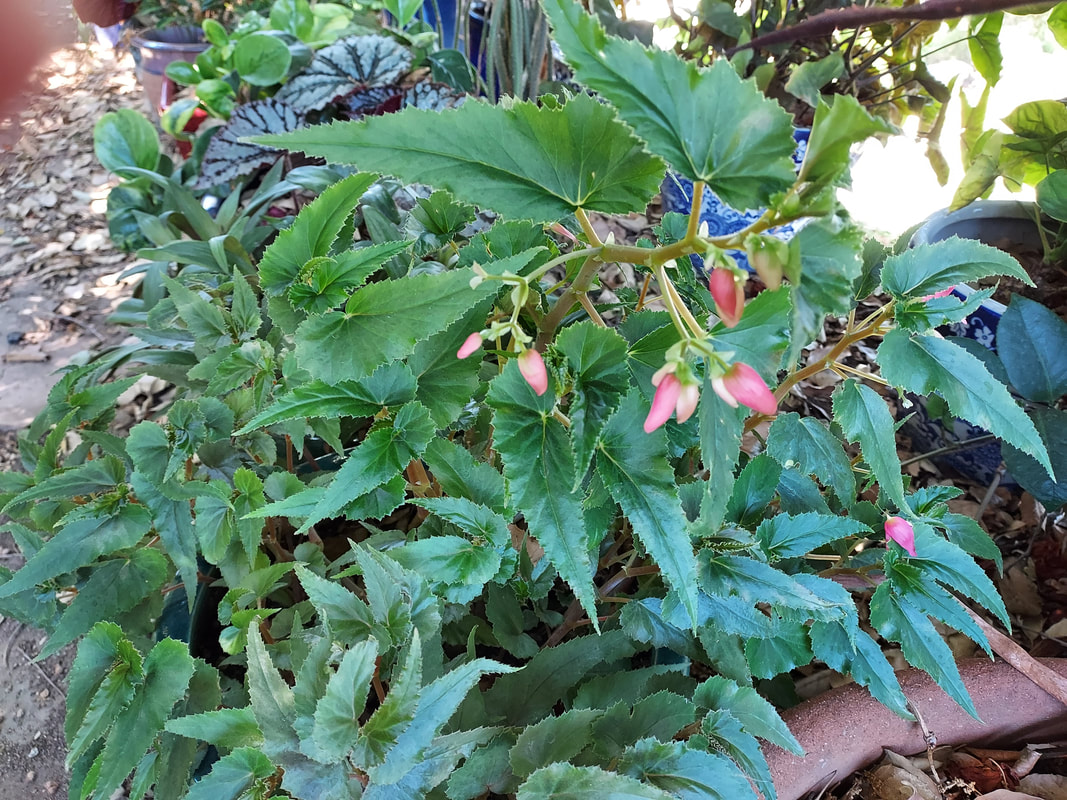
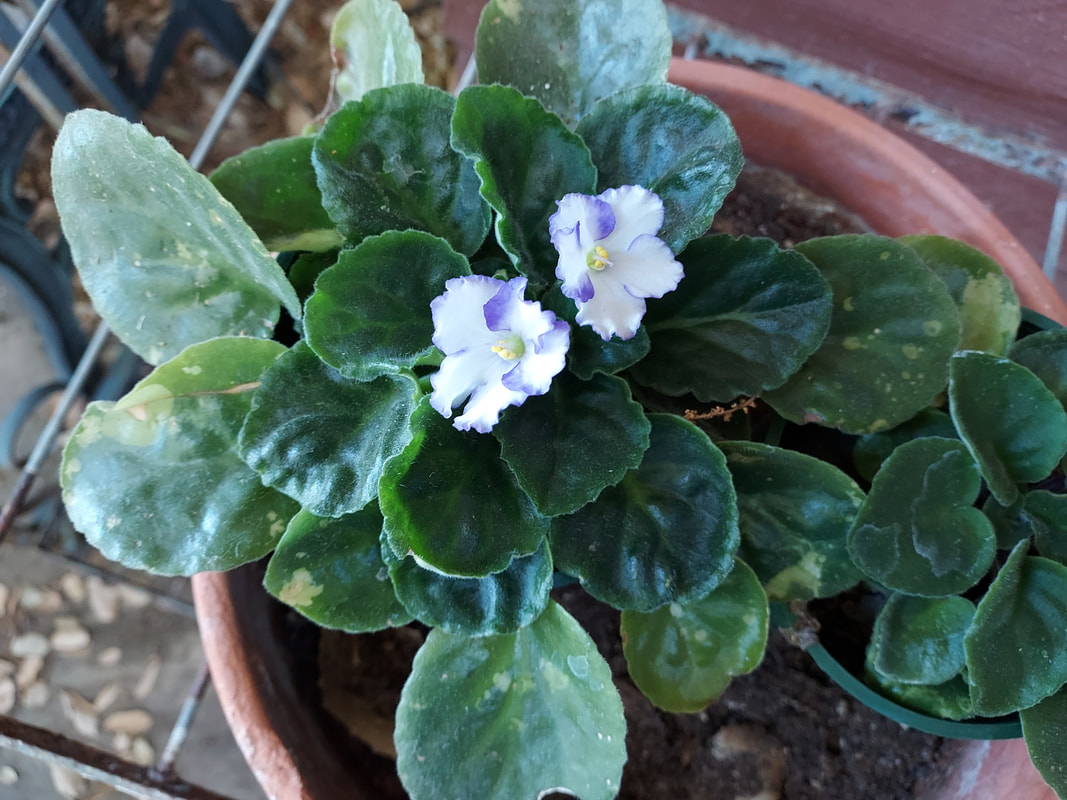
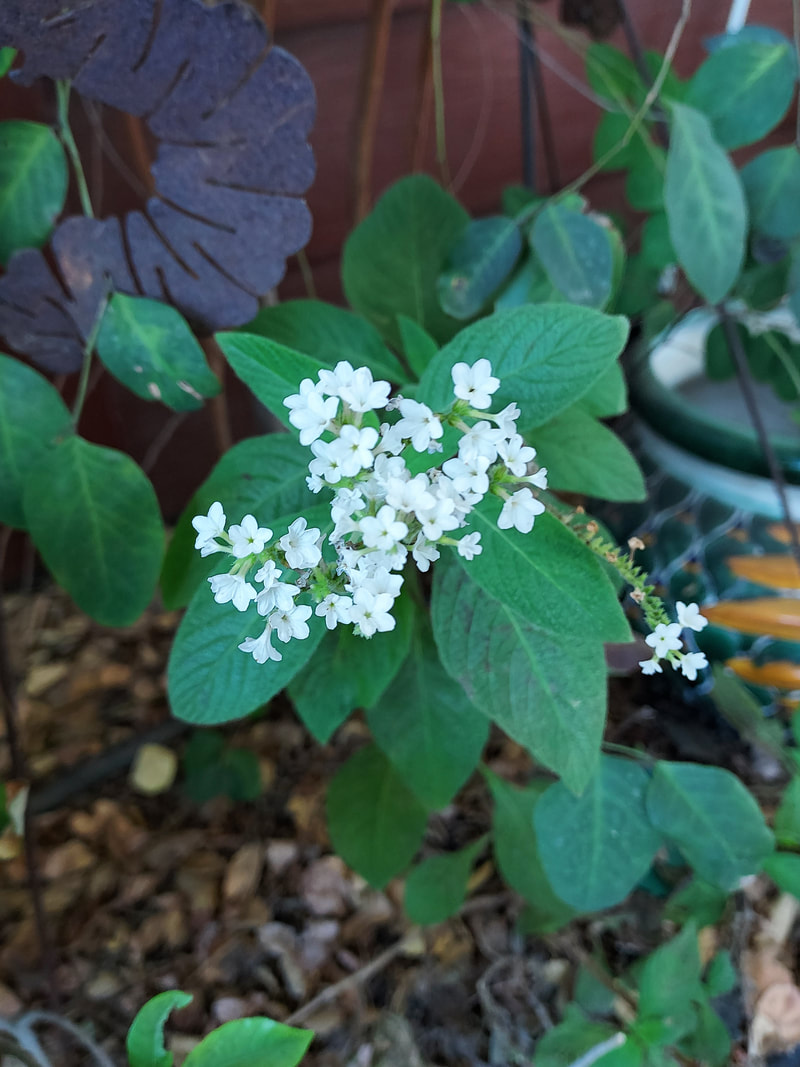
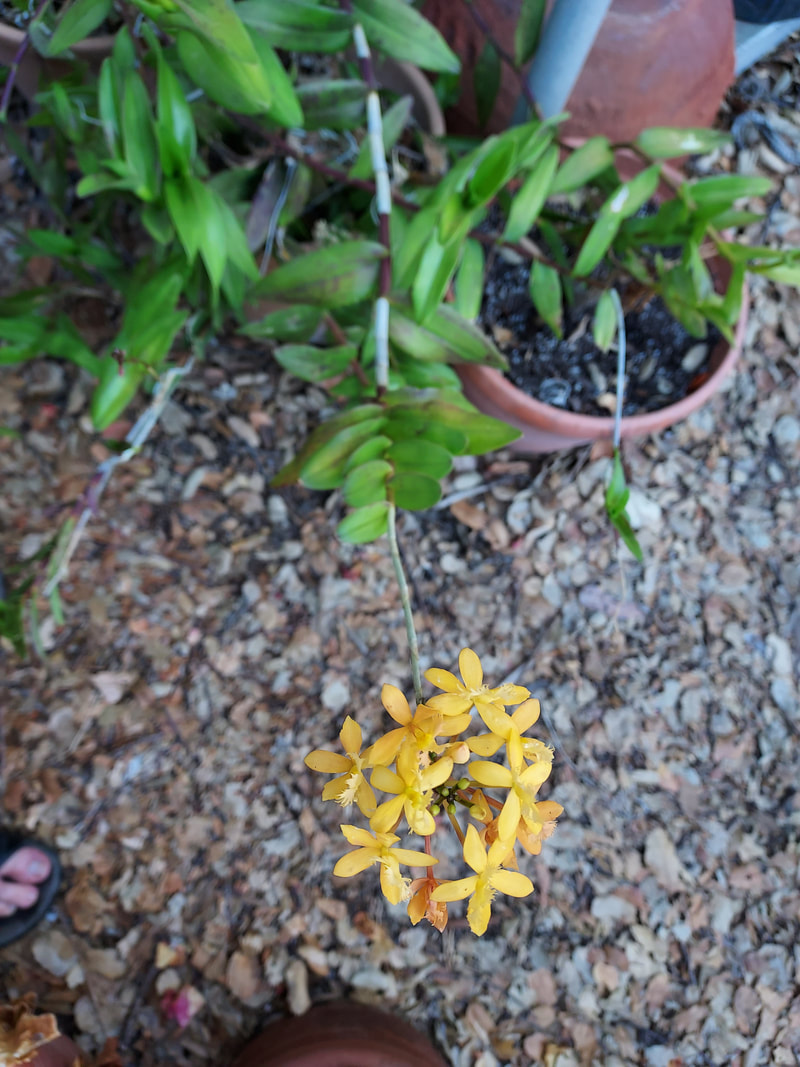
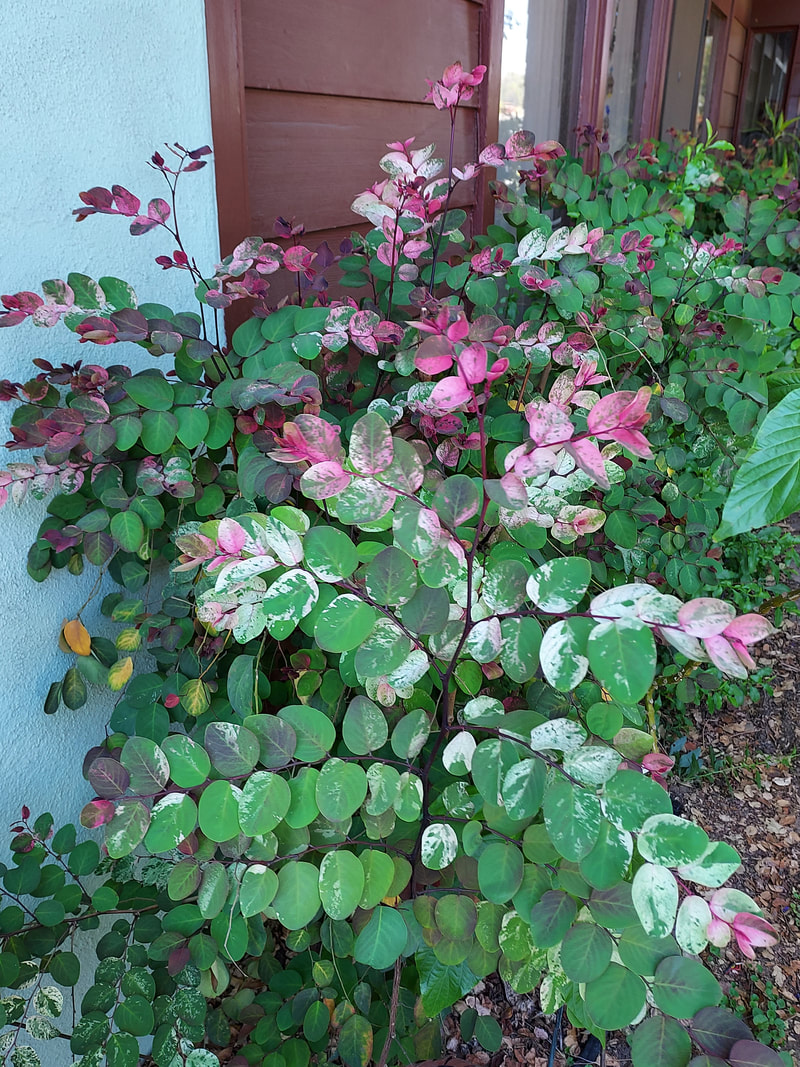
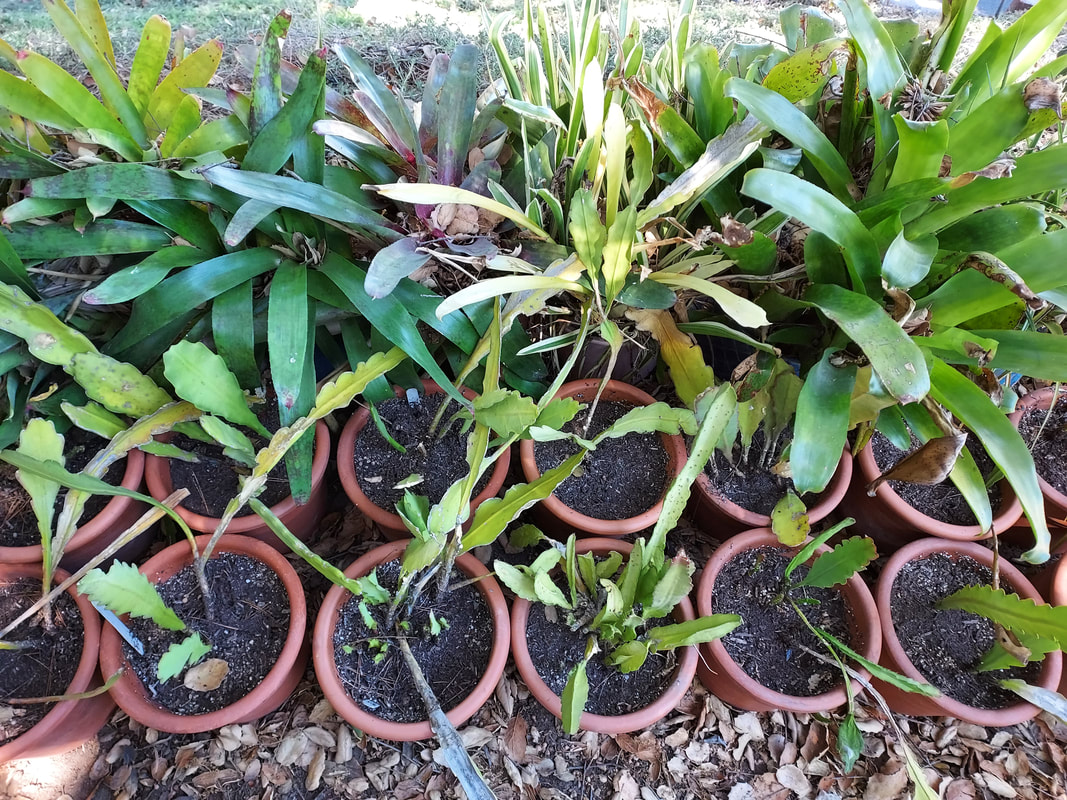
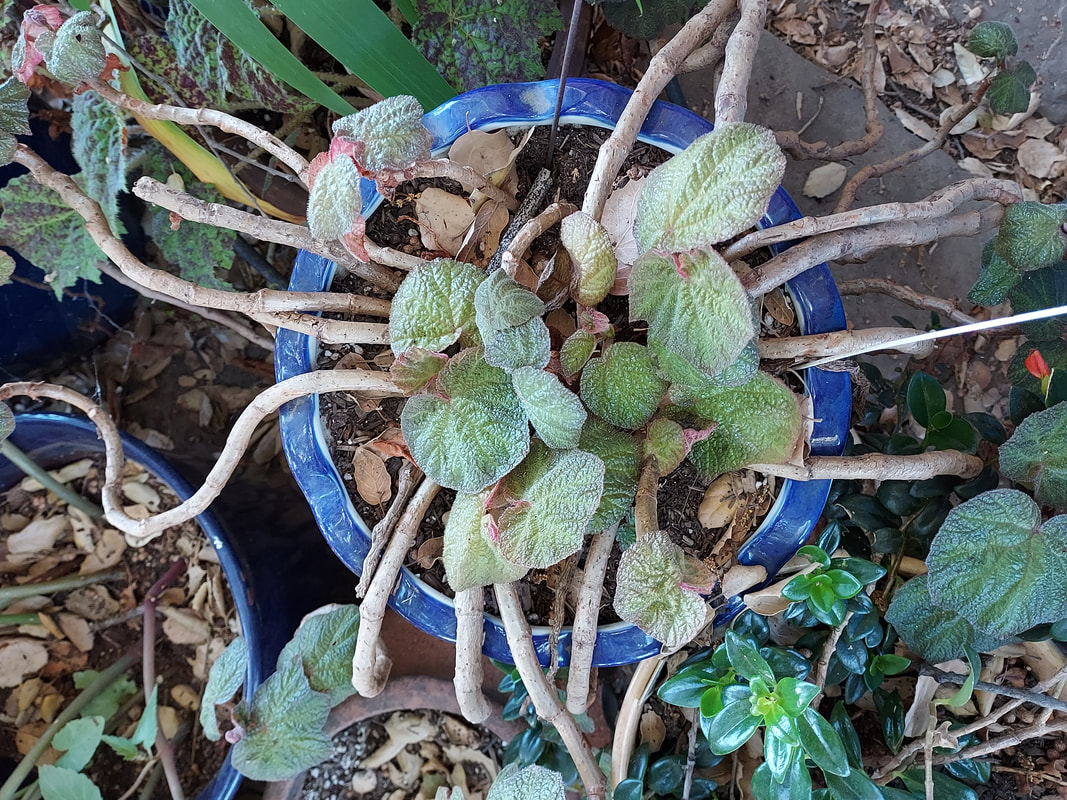
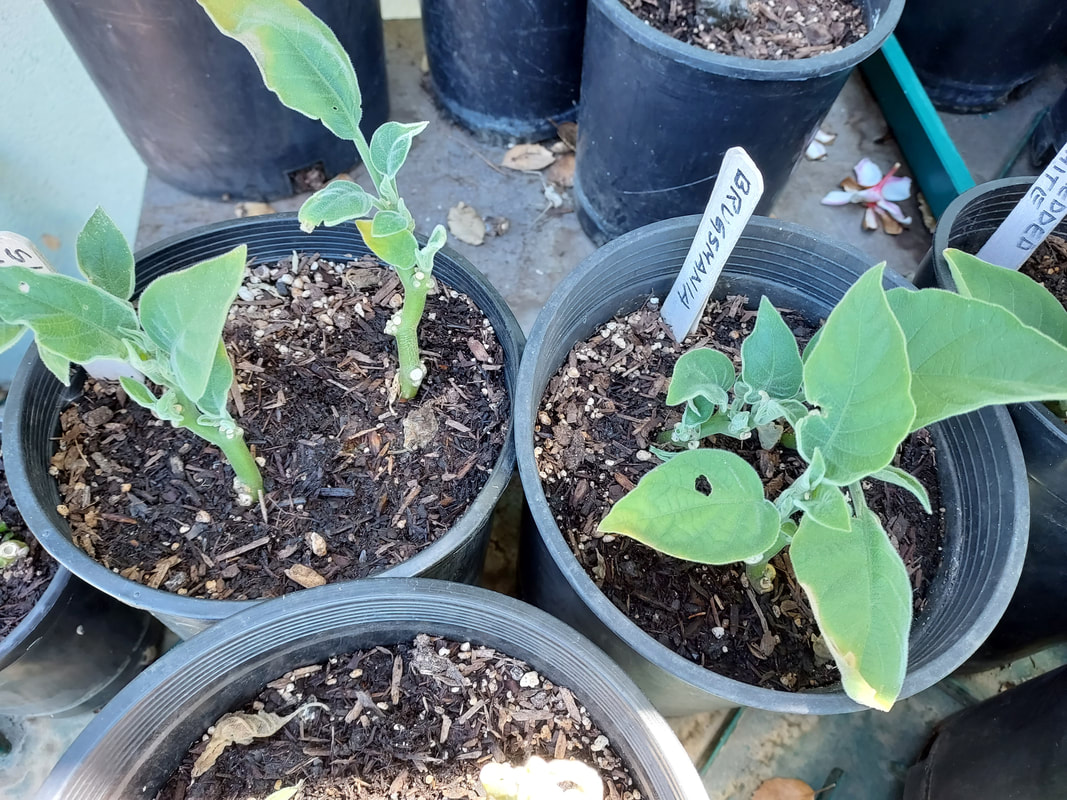
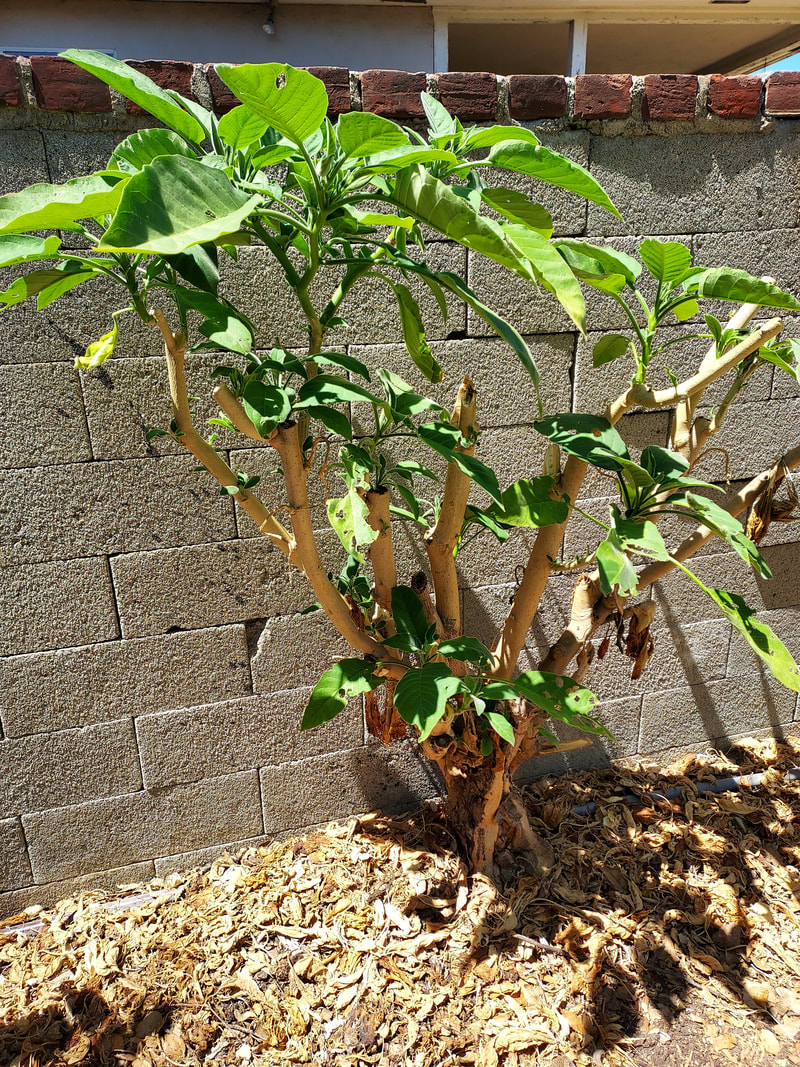
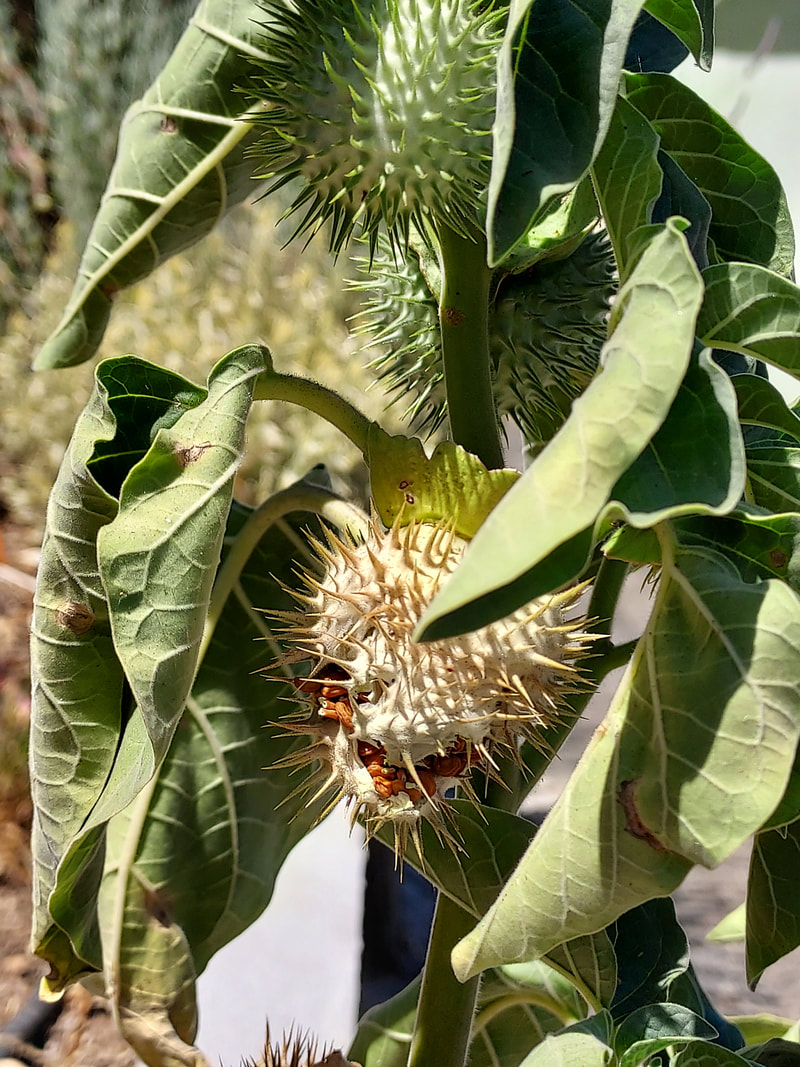
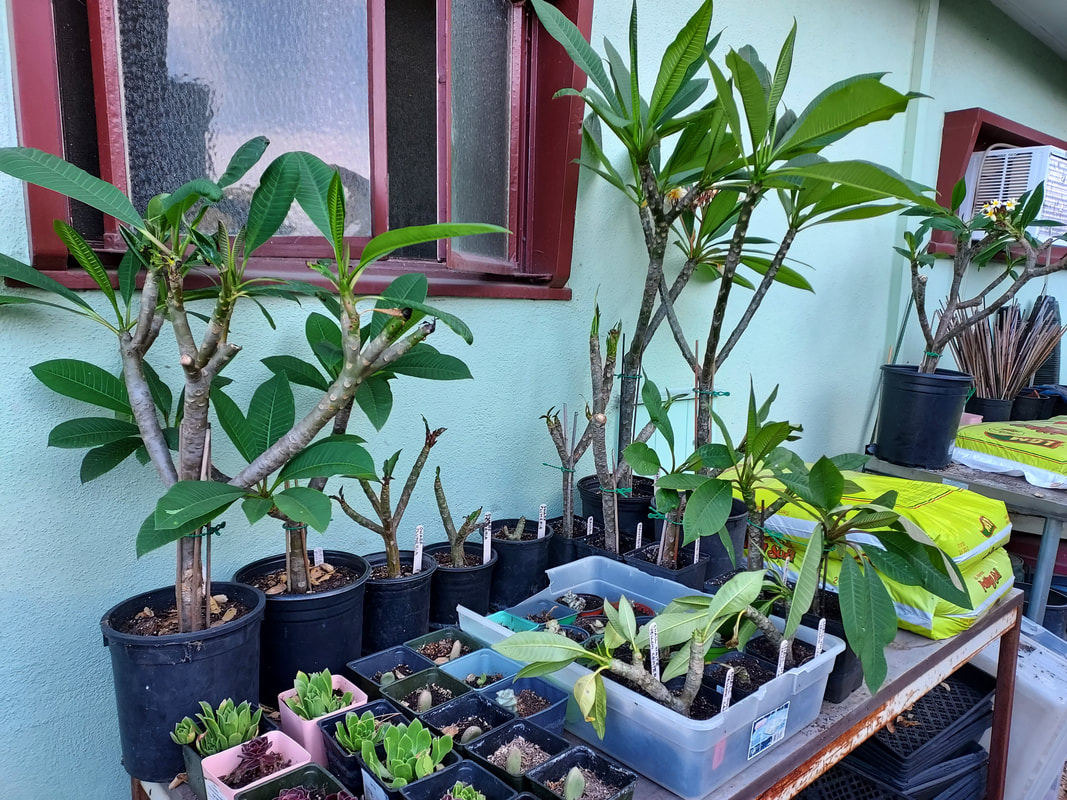
 RSS Feed
RSS Feed